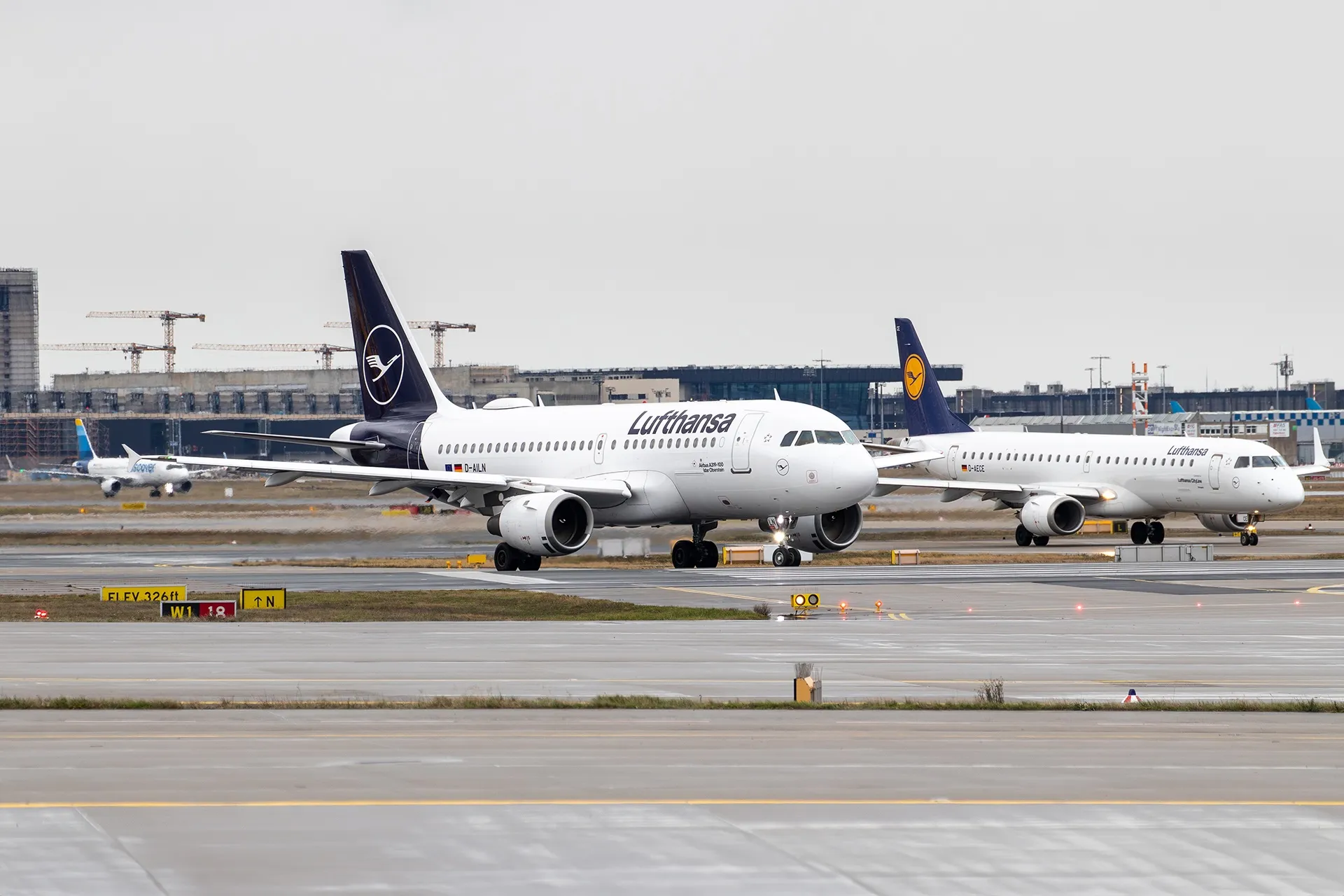GERMANY — Flights between Europe and Israel are now allowed to go back to normal after months of caution. The European Union Aviation Safety Agency has lifted all restrictions that prevented airlines from flying to Israel.
These rules were implemented earlier this year due to concerns about safety in the region. However, the situation has now calmed down. Airlines in Europe can fly to Israeli airports again, including the main one, Ben Gurion Airport (TLV), without needing to avoid the country’s airspace or take longer routes.
What Led to the Restrictions in the First Place?
Last month, EASA issued a Conflict Zone Information Bulletin (CZIB) advising airlines to avoid Israeli airspace after a sudden spike in tensions. Missile launches were coming out of Iran, and clashes between Israeli forces and militants in Gaza had picked up again. A few of those rockets were aimed at key infrastructure, and some were even intercepted over central Israel. That was enough to make the skies feel too risky.
One by one, European airlines started pulling back. Some rerouted their flights. Others stopped service to Tel Aviv altogether. It wasn’t just about the headlines; there were real safety worries for crews and passengers. Insurance costs started climbing, too, adding more pressure. For a while, flying into Israel just didn’t feel like a safe or smart option.
Why EASA Changed Its Stance Now
Over the past few weeks, the picture on the ground has looked calmer. There haven’t been any fresh missile threats, and the overall tension in the region has cooled down. With things settling, European aviation officials took another look at the risks. After speaking with intelligence teams and EU member states, EASA decided there was no longer a strong reason to keep warning airlines away from Israeli airspace.
They didn’t hold a press event or make a big announcement; the update just quietly showed up in their latest bulletin. According to officials, while the risk has decreased, airlines are still expected to conduct their usual checks before flying into any area that has seen conflict.
Airlines Preparing to Resume Flights to Tel Aviv
We’re already seeing the impact of EASA’s decision. Lufthansa (LH) is planning to bring back its daily flights to Tel Aviv starting August 1. British Airways (BA), ITA Airways (AZ), and Wizz Air (A6) are also preparing to resume operations, with official flight announcements from them expected soon.
These flights aren’t just important for tourism. They play a significant role in business and government travel between Israel and Europe as well. For Israel’s aviation industry, which took a heavy blow during the travel disruptions earlier this year, it’s a much-needed boost.
At Ben Gurion Airport (TLV), where international traffic dropped sharply in the past few months, preparations are already underway. The airport is working closely with airlines to get schedules back on track, manage arrival slots, and ensure that ground services are ready when flights resume.
What This Means for Travelers and the Industry
For travellers, the timing couldn’t be better. With the summer rush in full swing, having more European flights back on the schedule will help ease delays, bring some much-needed price relief, and open up travel plans that had been on hold. Many people were waiting for a clear signal before booking trips to Israel; now they’ve got it, and bookings are already starting to pick up.
Airlines, too, have something to gain. This gives them a chance to tap back into a significant Middle Eastern route that had gone quiet for months. Major European airports, including Frankfurt (FRA), London Heathrow (LHR), Paris Charles de Gaulle (CDG), and Rome Fiumicino (FCO), can now reconnect with Tel Aviv. This route previously saw some of the highest traffic in the region before being put on pause.
Safety Still Top Priority Despite Clearance
Just because the restrictions are gone doesn’t mean airlines are letting their guard down. Most carriers have their security teams keeping an eye on things around the clock. They’ll keep tracking the situation closely and won’t hesitate to tweak routes if anything shifts.
Experts say EASA’s decision shows there’s absolute confidence in the current stability over Israeli skies. However, they also emphasize the importance of airlines remaining flexible. If trouble flares up again, the industry knows how to move fast, just like it did earlier this year.
Looking Ahead: A Return to Normal?
The lifting of EASA’s flight advisory is a clear signal that things are heading back to normal between Israel and Europe. It marks a positive shift not only in aviation but also in diplomatic and civil relations.
With direct flights back in the schedule and demand beginning to climb again, Tel Aviv could soon return to being one of Europe’s busiest non-EU travel destinations. As always, safety remains the foundation of commercial aviation, but for now, the skies over Israel are once again open.
Stay tuned and keep following Airways. Follow us on LinkedIn and Instagram for the latest updates as well!




